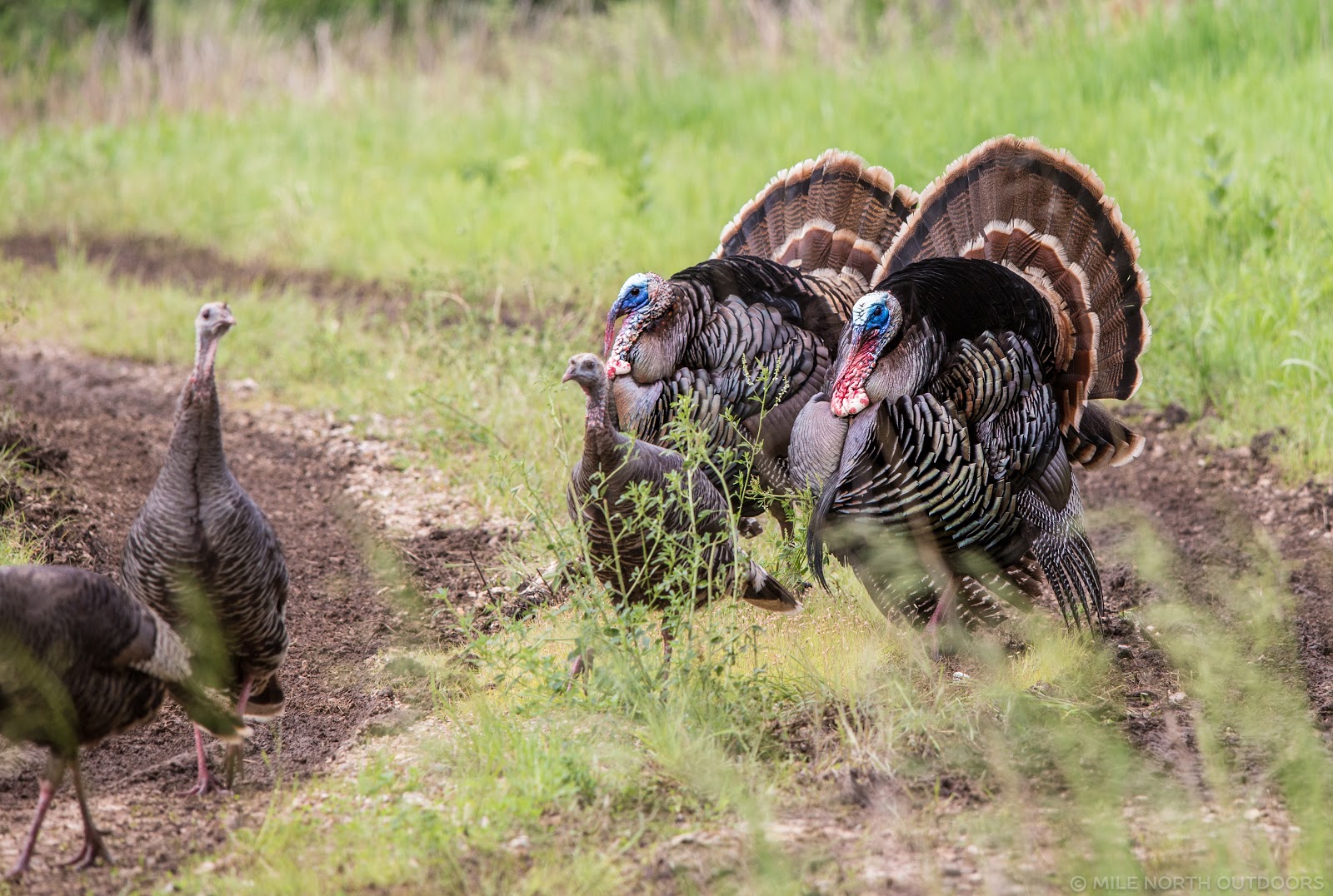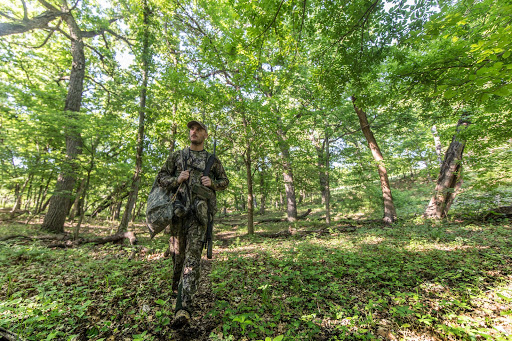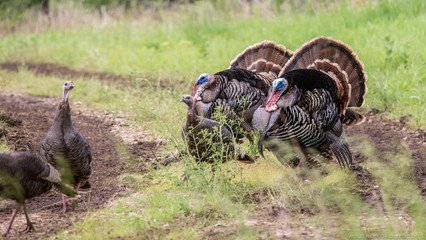Turkey Hunting Decoys and Strategies: Situational Setups
Posted by Drew Palmer on Jan 27th 2021
Some days, turkey hunting with decoys is an art; Other days, it’s an act of emotional power.
Nearly a decade of experience in Kansas hunting and guiding turkey hunters after Rio Grande turkeys has taught me two things about Rios and hunting them with decoys: First, if you’re not ahead of a Rio Grande gobbler, you’re losing. Second, never make him come uphill.
Yes, I’ve seen days where you can call twice and they come running 200 yards; everyone loves a two-year-old tom.
But generally, there is a bubble when it comes to getting an emotional and physical spark out of a gobbler. Some days it’s bigger than others and some days you can overcome adverse conditions or other hurdles with audio or calling at the bird. I’ll go through the most common conditions and how I go about hunting gobblers in each of those situations.

Cloudy, Cooler, Windy, Rainy
Each of those conditions is usually paired with another. These conditions also reduce the effect and power of decoys drastically.
In my personal opinion, nothing is harder on a turkey than a long night of heavy winds blowing them around in the trees. The mornings after those rough nights, I’ve often thought that they behave like they are truly exhausted and just thankful to be alive.
If I’m using decoys the next day, it’s merely a couple of feeding hens. And I’m looking for a safe, passive place to hunt, where a bird might travel through or look to dry out. Bottom areas along creeks, hidden meadows below bluffs, or next to timber thickets out of the wind are some of my favorite places. I’ll try not to call, if at all possible, as the birds always seem to be on edge.
On later spring dates, I try to stay away from using the strutter or a jake decoy on cloudy or wet days; the experiences I’ve had all say that the birds just aren’t in the mood for fighting.
Ahead of a Storm
This is usually a window of mayhem. In Kansas, this generally means warmer weather building energy for afternoon storms. The barometric pressure is skyrocketing and the birds are all wired up. Sunshine and storms mean fighting weather.
I like to throw the kitchen sink at them on these days. I’ll have box calls ringing canyons or the river bottoms while I’m moving fast and aggressive with my decoys. I might use a jake decoy like a DSD with a couple of hens. Or I’ll go super aggressive and try to break that bubble on a gobbler with the strutter and somebody calling.

(Natural Gear's Turkey Hunting Camo)
Sunny & 65
This weather should be preserved and bottled, because it rarely happens in Kansas on a spring day.
My go-to tactic on a pristine morning like this is to set up a jake or a jake strutter with a couple of hens in the strut zone. Oil lease roads, Bermuda grass meadows, and places that the morning dew burns off the fastest in a little sunlight are all prime-time strut zones. Usually that kind of setup takes a little scouting or a hot tip from the landowner. If they see them at 9:30 in an area then, lordy, you better be within a quarter mile of that area at 9:30.




